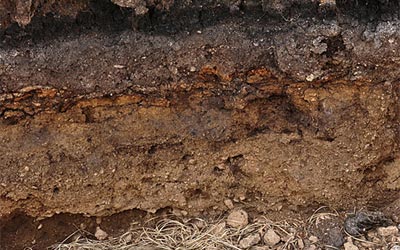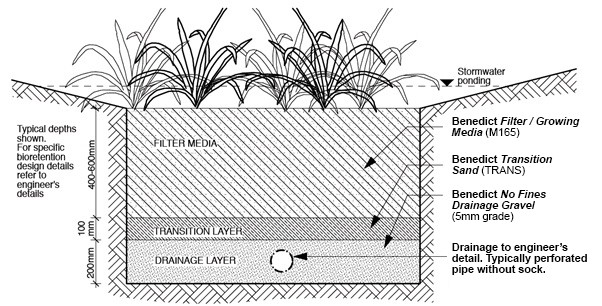



If clay particles flow downward, they tend to plug soil capillaries. In addition, salinization as a result of improper irrigation can disrupt aggregate structure, releasing clay particles. This weakens the crumb structure of the soil, leading to the release and downward movement of clay particles. For example, cultivation promotes microbial metabolism and degradation of organic material. Where root penetration is limited by high acidity in one or more soil horizons, soil slotting can significantly increase root soil-exploration.Įffective soil depth may decrease as a consequence of various viticultural techniques. Planting a permanent groundcover or mulching helps to minimize erosion from the mounds. It is particularly useful in situations where high water tables are unavoidable and under saline conditions. An alternate procedure is mounding topsoil in regions where vines are planted. Breaking up hardpans by soil ripping is a standard technique in several countries. Soils vary in the accumulation of nutrients through their soil horizons.Įffective soil depth is best achieved before planting. For example, potassium and available phosphorus tend to predominate near the surface, especially in clay soils, whereas magnesium and calcium more commonly characterize the lower horizons. Limiting root growth to surface layers also can influence nutrient access. Shallow hardpans reduce the usable soil depth, and enhance the tendency of soil to waterlog in heavy rains, and fall below the permanent wilting percentage under drought conditions. Soil depth, in addition to soil texture and structure, can influence water availability. Jackson PhD, in Wine Science (Third Edition), 2008 Soil Depth They also may affect soil oxygenation by restricting drainage at times in which large amounts of water are present. The net effect of these dense horizons is to impede or prevent root growth and thus limit the effective depth of the soil. Hardpans include calcic horizons (commonly called caliche), in which calcium carbonate cements the soil particles. These special soil horizons include claypans, zones of soil which contain large amounts of clay, and hardpans, layers of soil particles that have been cemented together by the deposition of mineral materials. Some soils can develop special soil horizons (horizontal soil layers characterized by distinct chemical and physical features) that limit the soil depth available to support plants. Plant zonation in these soil pools can be striking ( Figure 1). The shallow marginal soils support certain annual plants, whereas deeper soils support herbaceous perennials and still deeper soils are colonized by woody plants. As the granite weathers, it can form pools of soil that vary in depth from a few millimeters at the margin to tens of centimeters in the middle. A classic example of the influence of soil depth on plant communities is seen on granite rock outcrops in the southeastern US. Furthermore, most plants rely on soil for mechanical support and this is especially true for tall woody plants (e.g., shrubs, trees). Deeper soils generally can provide more water and nutrients to plants than more shallow soils. Soil depth can greatly influence the types of plants that can grow in them.


 0 kommentar(er)
0 kommentar(er)
